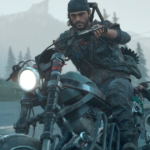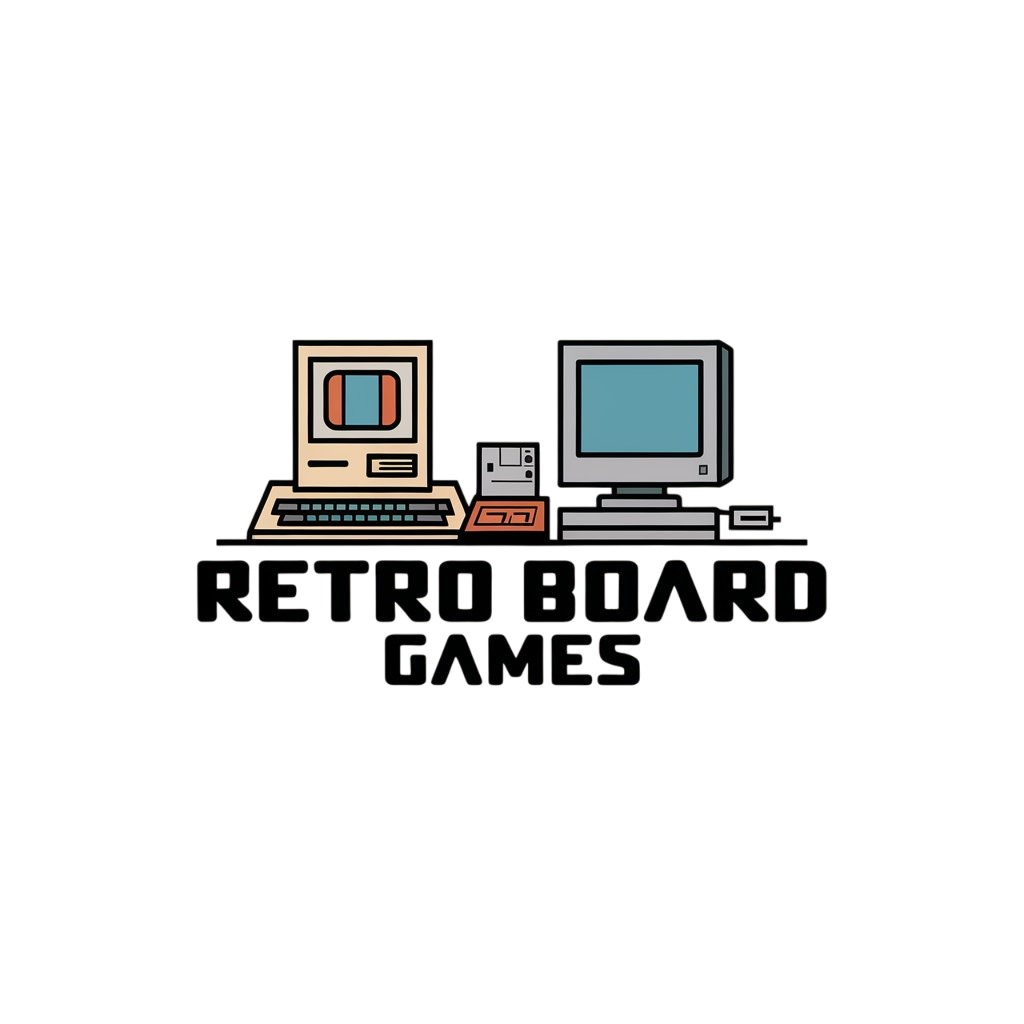Summary: Mario Kart World offers neat twists on the classic Mario Kart formula, but its open-world ambitions are somewhat let down by some classic Nintendo quirkiness.
I find the idea of a new Mario Kart being the showpiece of a new console launch rather odd, if I’m being honest. Don’t get me wrong, I adore the series and have pumped thousands of hours into it over the decades (apart from Double Dash – spit.emoji), but I’ve always seen Mario Kart as the game you have to play with friends or to time trial if you’re at a loose end. It’s a game everyone can enjoy and hop into, which is why it’s a juggernaut, but for me it’s not the game to launch a console with unless it’s paired with something meatier. On Switch 2 Mario Kart World has to be the snack and the main meal.
When you load up Mario Kart World you’d be forgiven for thinking that very little has changed since Mario Kart 8 Deluxe. A set of familiar options sit in front of you – dig deeper and more will be revealed, but there’s no obvious sign of this open world we’ve seen in trailers and been pointed to by the game’s title. There are in fact various ways to get into the open to explore the Free Roam world on offer, including pressing the + (plus) button when on the main menu, but it’s not shouted about like I expected it to be – which is odd given how it really ties all of Mario Kart World together.
Before discussing my rather discombobulated feelings on the Free Roam mode, let’s first look at the more classic Mario Kart content in World – albeit now presented in a very different way. For eons (or about 33 years if you want to be less dramatic) Mario Kart has offered a Grand Prix mode. This, the core offering in most of the series’ entries, presented a quartet of tracks that you competed on against COM players (bots in modern language), with the player with the most points (earned through placement in each race) taking home the trophy and winning that cup. Simple. Mario Kart World does this… but also it doesn’t.
Watch on YouTube
In Mario Kart World, Grand Prix could just have easily been labeled Road Trip. Each cup is split into four ‘tracks’, but the key difference here is how one track leads into another. The first track plays out as you might expect, starting in the grid and then racing around a set number of laps. But then the ‘world’ of Mario Kart World kicks in. Race two begins at the physical end of race one, and part of this race is the journey to the second track along the roads in the game’s open world. It’s fair to say that there’s been a mixed reaction to this in the Mario Kart community, but I am a big fan. You end up at the actual second track, which you whiz around, before then moving on to the third track in exactly the same fashion.
There’s no doubt that the tracks are more visually appealing and sculpted than the roads that are dotted about the map, but that’s not to say that there isn’t an awful lot of fun to be had in these connecting moments. In fact, jump into an online race and you’ll see almost immediately that there’s quite the skill gap forming already – not only with knowing the best paths to take, but also how to drive them. Mario Kart has always felt quite superficially simple, but real ones who have been around this block before know there’s a whole other world (this time quite literally) waiting to be explored that’ll enable you to do things you wouldn’t have thought possible.

Part of this is down to the fact that Mario Kart World tells you very little. Yes, there’s a menu option for help, which details the mechanics of pretty much everything, but who is going to spend time looking through that? If you aren’t someone who reads instructions, you’ll just figure things out as you go, including the rail grinding, wall riding, and numerous new power-ups. Time really is key, here. Take the feather, a new item in Mario Kart World that boosts you up to perform an extra high jump. I had initially thought this to be a rather pointless item, but I’ve learned how it can help me reach different parts of tracks that can’t be reached by performing a standard jump and it’s gotten me out of some hairy moments as obstacles suddenly blocked my path.
Time will determine the true standout stars of Mario Kart World’s track offerings, but I already have a handful of favourites that I’m still learning the ins and outs of. Dino Dino Jungle is excellent, Airship Fortress never disappoints, and Great ? Block Ruins offers some top opportunities to show off your drifting. I won’t spoil Rainbow Road, but it’s a delight, and something fans will adore – the only gripe, really, is how in the Grand Prix mode you spend very little time on these courses. Gliding makes a return from previous Mario Karts (although your kart springs actual wings this time), and water is raced over rather than under, like in Mario Kart 7 and 8, thanks to a jet ski transformation, which is a bit of a surprise the first time you drive into a body of water. As ever with Mario Kart (and with many Nintendo games in general) there’s more here than there initially seems.
This is most true in the Free Roam mode. With the whole of the game’s map to explore, this is akin to being blindfolded and then taken to a remote location and dumped out the side of the black van (but in a cute way, probably by people that offered chilled beverages and wore crevats). Don’t go into Mario Kart World’s Free Roam mode expecting something like Forza Horizon, or really any modern open-world game. You have a map that shows the different areas and how many P-Switch missions you’ve completed, the number of Peach Coins collected, and the total number of Question Mark Panels you’ve found, the latter being sorted by track if you delve in slightly further. That’s it. Bluntly, it’s not tracking these things in a way I find helpful.

Some of this will come down to how you play Free Roam. I’ve messed about with my son, playing wirelessly on two different consoles, and the rather lackadaisical nature of the world here works well. We zoom about, discover things to collect or missions to tackle, and then move on. Great, idyllic even, but this isn’t how I prefer to play when on my own. I want more defined stats and found/completed P-Switches marked on the map. To go one step further, the best open-world racing games integrate everything into the world, be it races, missions, challenges, or collectibles. In Mario Kart World you don’t get this unified bustling world to tackle as you wish, with the racing/events being set in the world but not feeling like part of it – they’re off in other menus. For me it’s snackable content rather than something I’d lose myself in.
There’s more, though. Knockout Tour, an elimination-style race event that sees you compete continually along a set of roads and courses in the open world, is a real highlight of Mario Kart World, although be prepared for some infuriating COM behaviour as you attempt to complete every Rally on the hardest difficulties. Still, at 100 cc or less against the bots or ideally against real people online, this mode is a blast. There’s a real thrill in the regular cuts to the amount of competitors taking part, those crossing checkpoints in a position below the displayed number being discarded as others continue on. This mode also sells the world aspect brilliantly, with each rally stretching across large portions of the map.

Those of you with rage issues might want to think carefully before going on a Knockout Tour, though, as it manages to pack in the series’ now infamous moments of shenanigans to a degree I’ve never experienced before. In Mario Kart you’re never ‘safe’ and cruising to a victory, as at any moment, you could be shelled or attacked in another way, crushing your dreams of victory. Knockout Tour, with its stress-inducing eliminations, puts you through multiple moments like this in every rally, but the elation felt when winning is worth the misery of a last-second triple-shell onslaught that somehow sends you from five seconds to victory to eighth place. Key to this, really, is that for every moment of near combustion someone else is having the time of their lives. Mario Kart World, as ever, gives as much as it takes.
Other, multiplayer-centric, modes include takes on the classic Balloon Battle (eliminate other competitors by popping their balloons) and Coin Runners (collect as many coins as you can), but I expect my long-term future in Mario Kart World (aside from noodling in Free Roam) is Time Trial. This is where I’ve always gravitated to, starting way back on Mario Kart 64 when I used to send in my best times to the magazines of the era. Now we have online ghosts to compete against, so it’s easier to learn the best techniques, but the level of dedication required to post great times is still the same. If you think you are good at Mario Kart World, it only takes a quick perusal of Time Trial to become rather humbled.
I’ve picked up Mario Kart World at every possible moment since the Switch 2 released. It’s a gloriously fun multiplayer romp of a game that is an essential purchase for late into the night, ‘how did it get to 2am?’ hilarity, but the nature of it being the main launch title still bothers me. Free Roam had the potential (and probably still does, depending on how Nintendo chooses to update the game) to consume me, but some rather typical Nintendo quirks mean it’s at its best when you’re dipping your toes in rather than going for a full-on dive.
A copy of the game and a Switch 2 was provided for review by Nintendo.






